
Our Poster at the 2025 AZA Annual Convention
This week, at the 2025 Annual Conference of the Association of Zoos & Aquariums in Tampa, Florida, aquarists Carly Hulse and Claire D’Agostino presented work...
Museum, research, and collection updates from Dr. José H. Leal, plus Shell of the Week, which highlights a different species every other Friday. Most Shells of the Week are found in Southwest Florida.
Dr. José H. Leal serves as the Bailey-Matthews National Shell Museum & Aquarium’s Science Director and Curator. He received his Ph.D. in Marine Biology and Fisheries from the University of Miami and has served at the Museum since 1996.

This week, at the 2025 Annual Conference of the Association of Zoos & Aquariums in Tampa, Florida, aquarists Carly Hulse and Claire D’Agostino presented work...
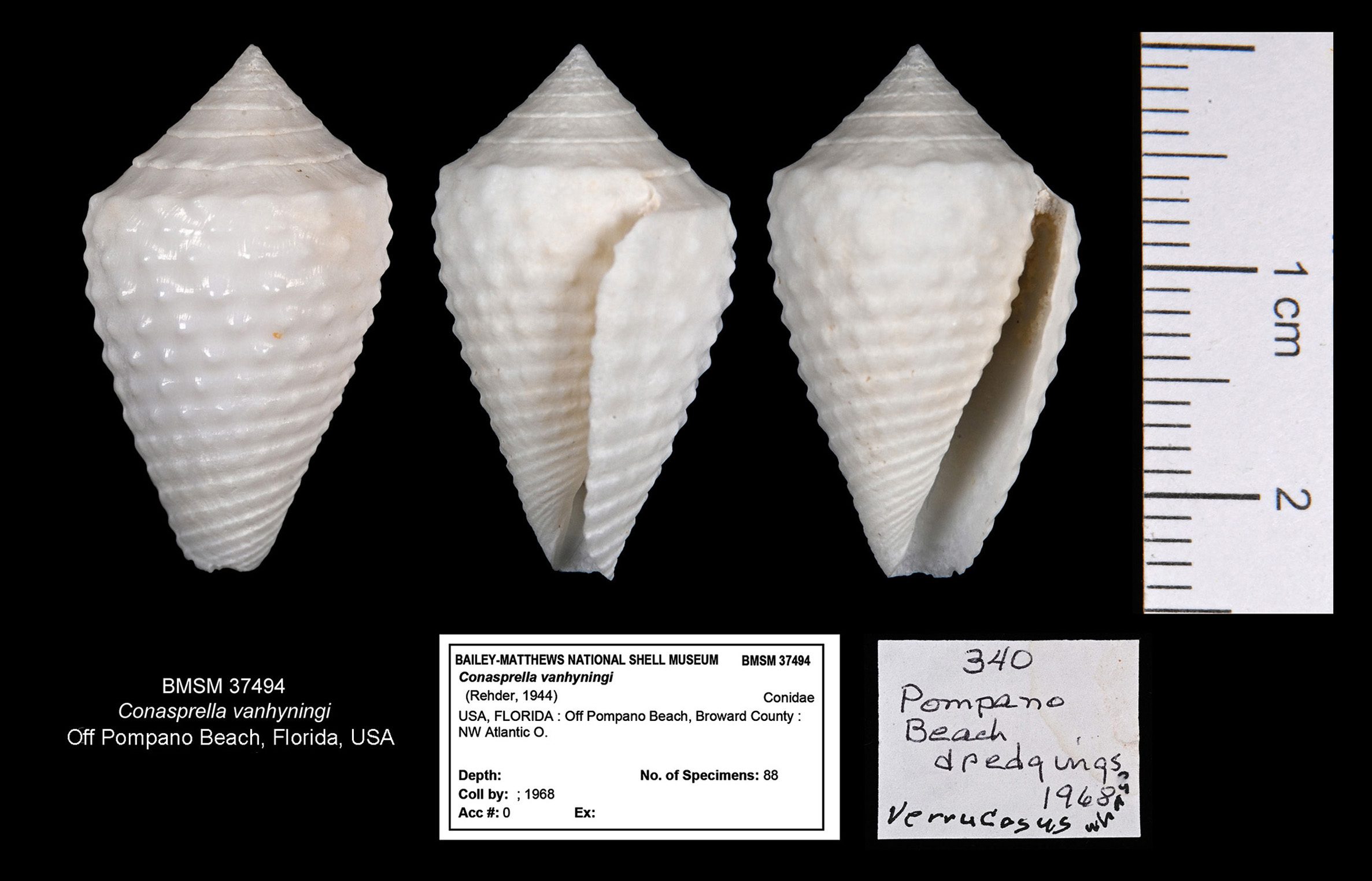
Conasprella vanhyningi (Rehder, 1944) is a small cone snail that may reach up to 25 mm in size. Its shell is covered with small bumps, or pustules, and is usually salmon-pink to white in color. The species was named...
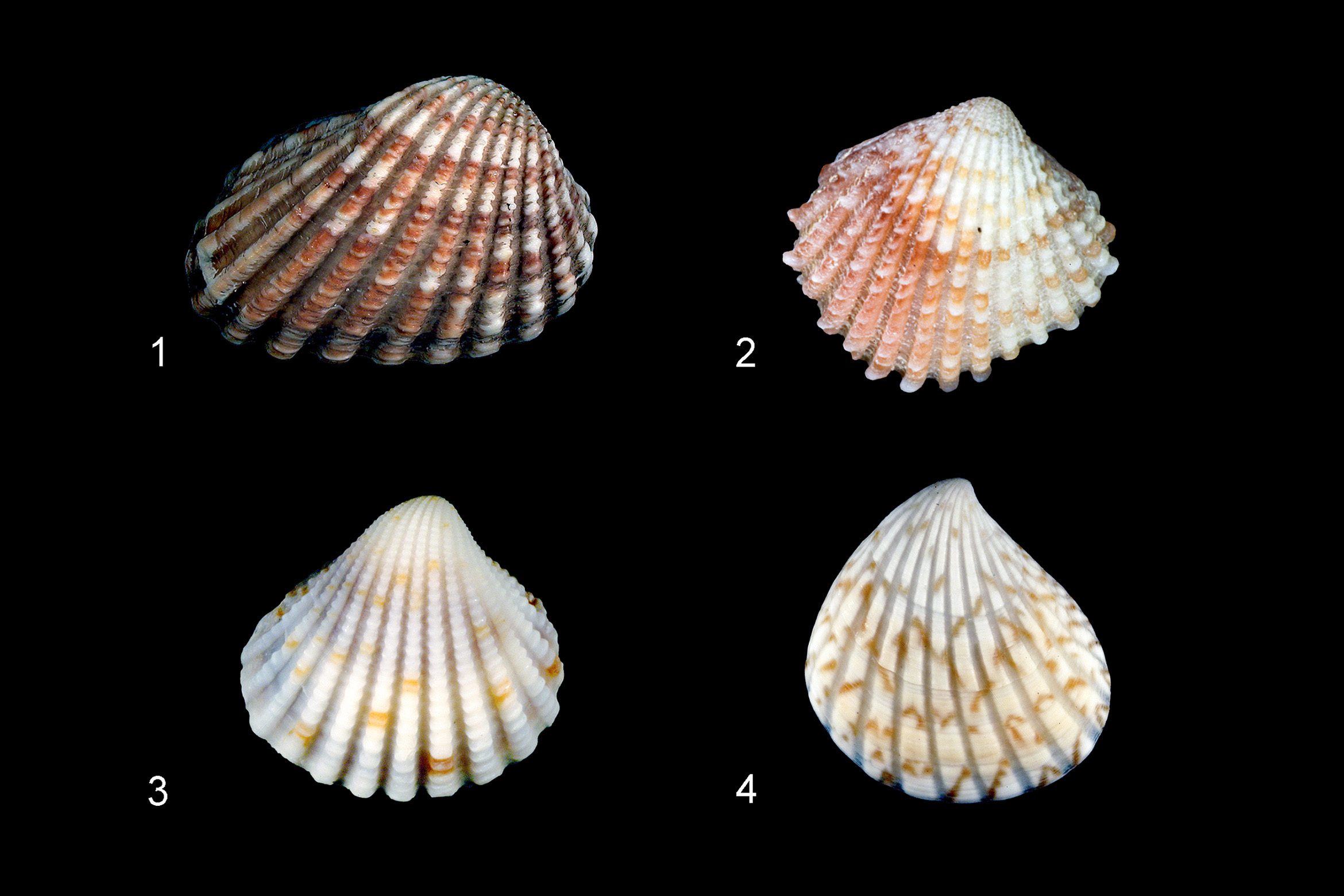
Here are the four species of carditids (Family Carditidae, not to be confused with Cardiidae, the cockles) present along the coast of Southwest Florida:...
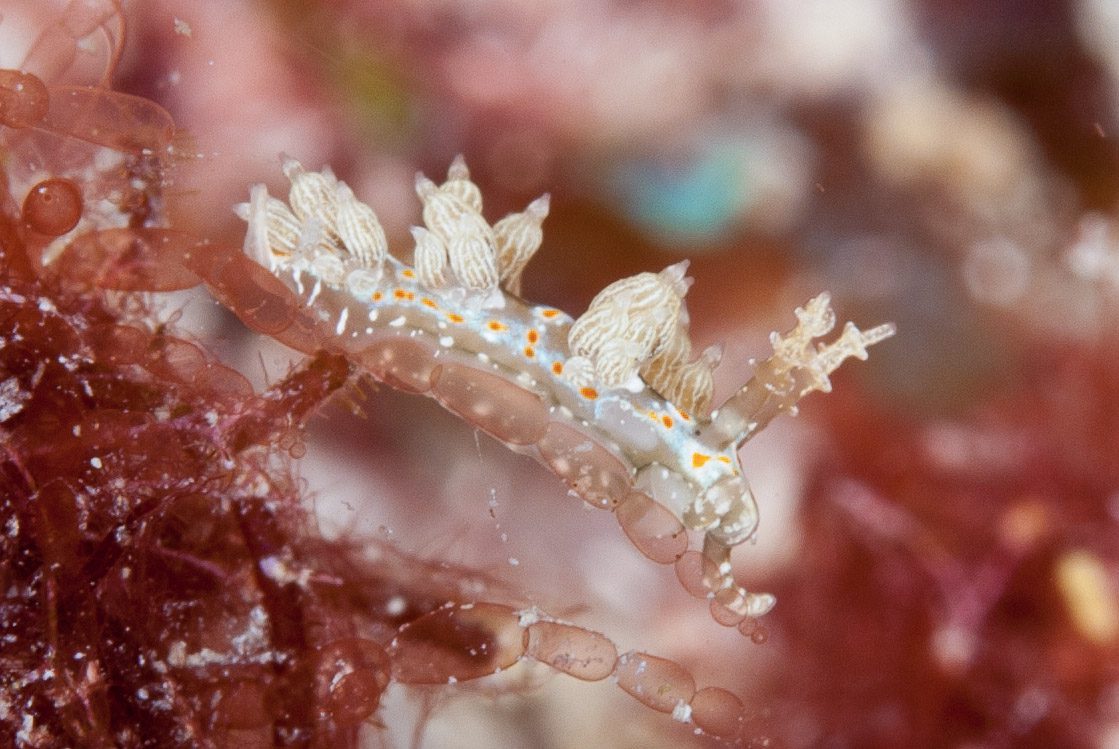
Everyone has their moments of vanity—it’s part of the human condition, I guess. So, allow me to momentarily indulge and introduce to you...
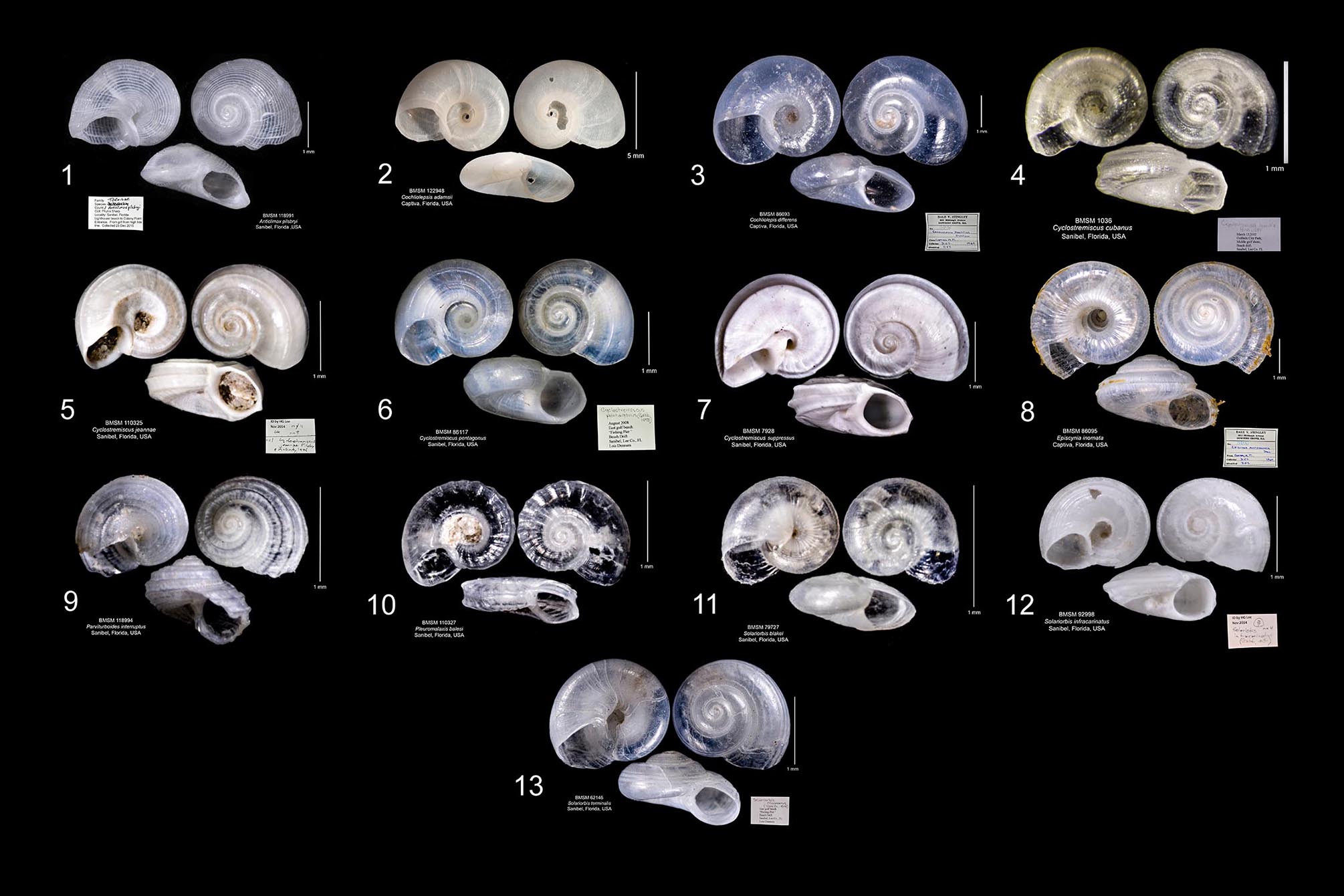
For our brave-of-spirit and keen-of-eye readers and enthusiasts, here are the microgastropods in the family Tornidae (vitrinellas and scale snails) found along the shores of Southwest Florida...
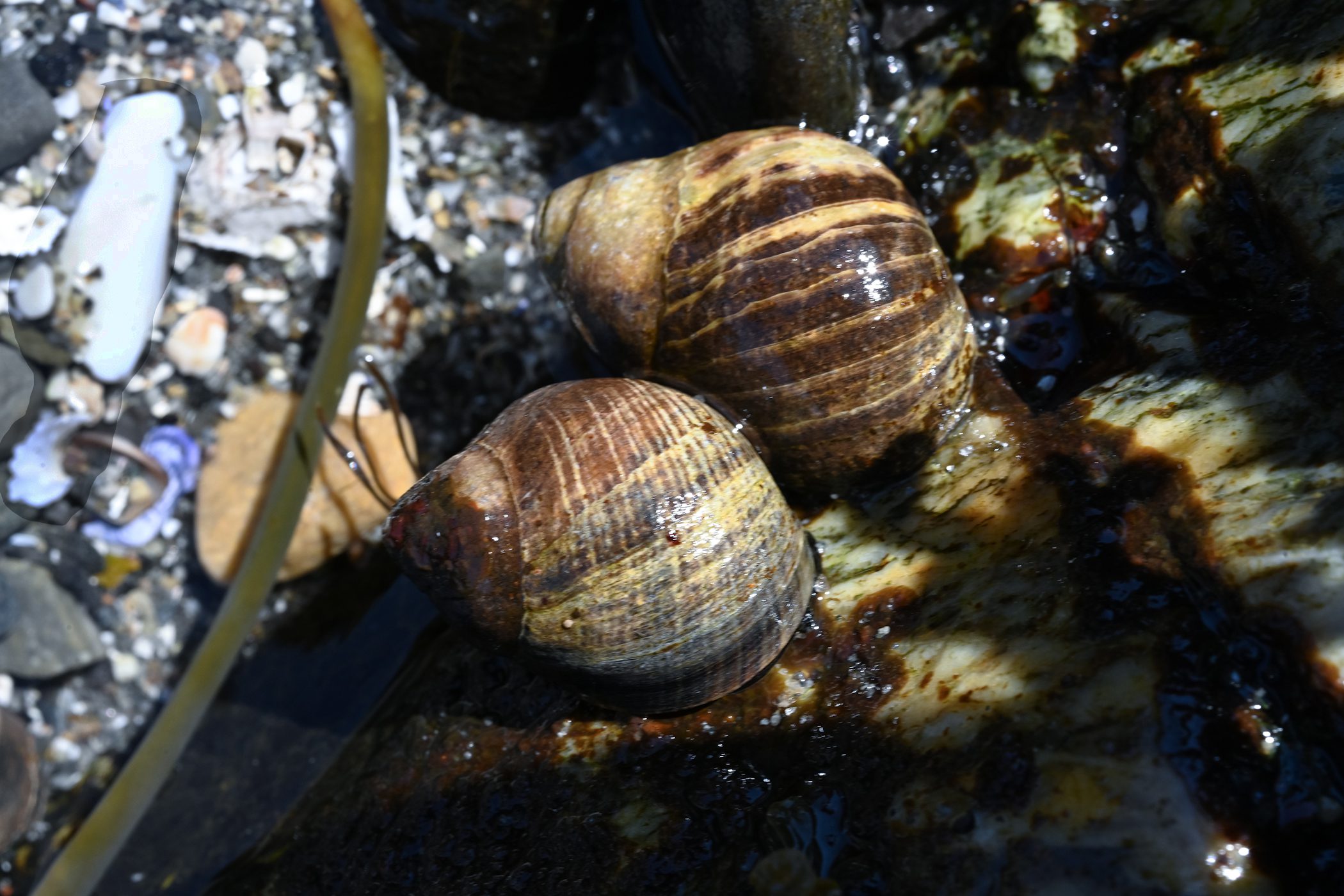
During a recent visit to the coast of southern Maine, I observed and photographed Common Periwinkles. Littorina littorea...
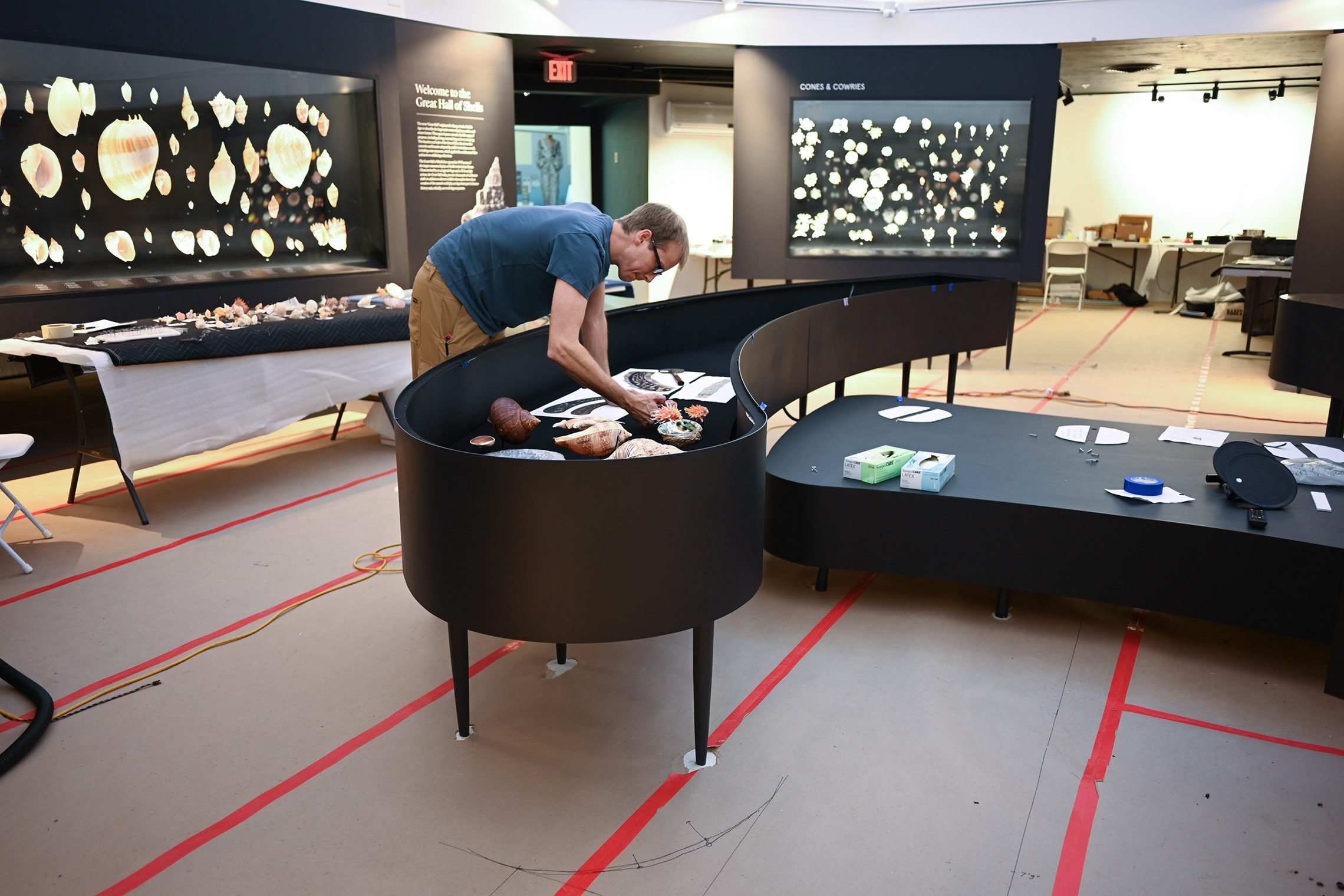
Time-lapse photography is a terrific way to show progress and the transformations that take place during the construction of buildings, plant growth,...
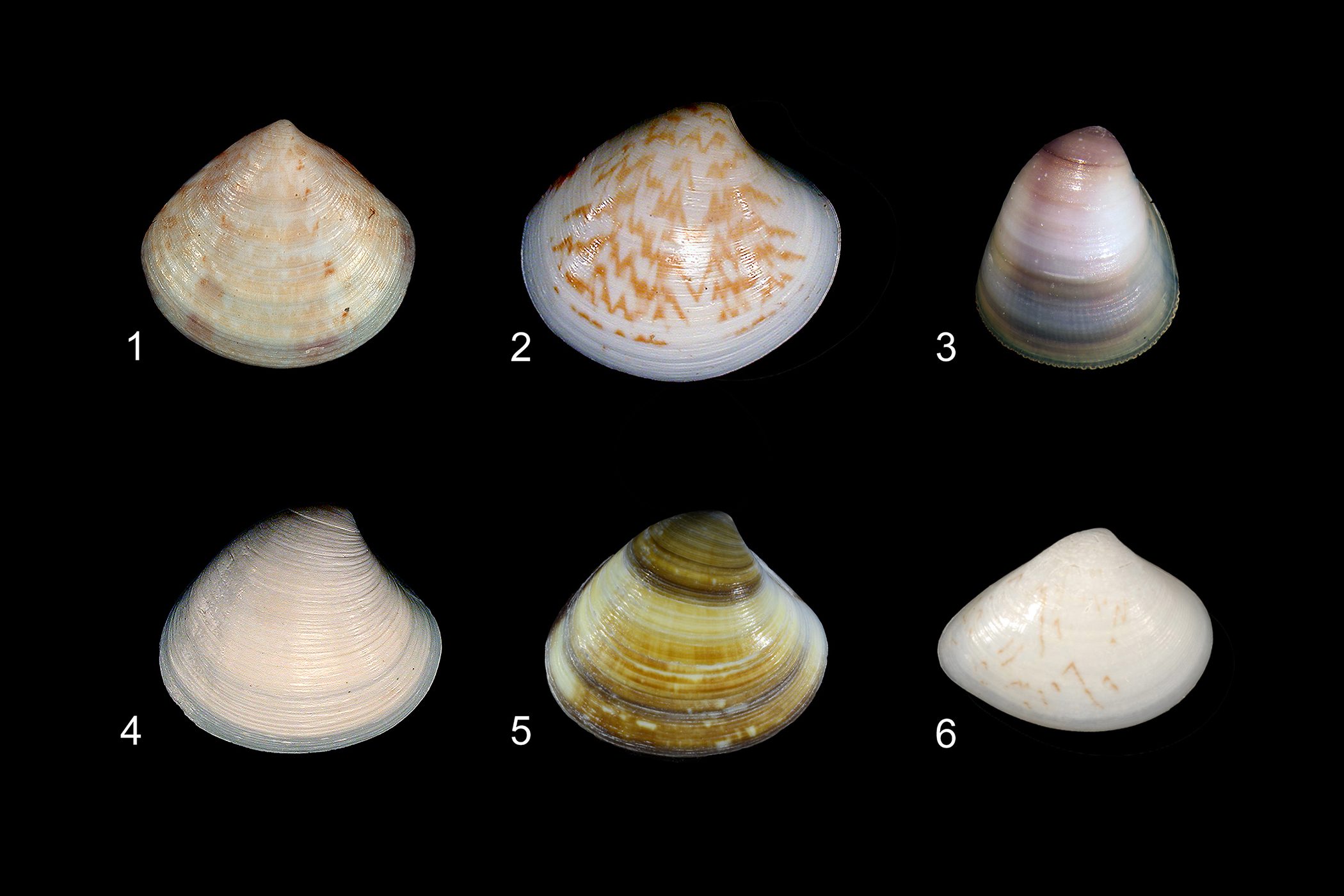
A couple of weeks ago I posted an image with the larger venus clams (family Veneridae) present along the coast of Southwest Florida. Here are ...
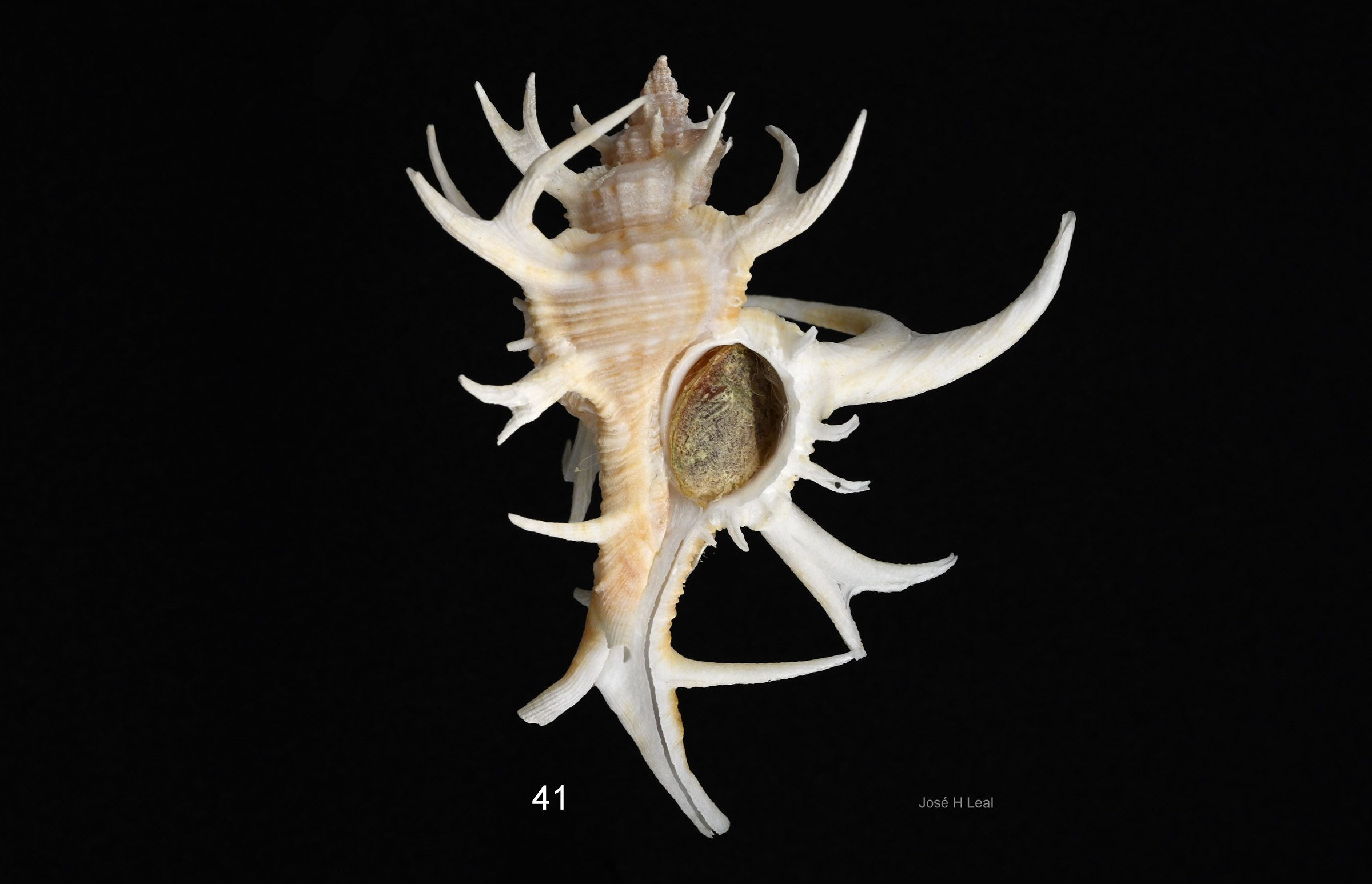
Chicoreus cervicornis is a species of the murex family Muricidae that is found in the tropical waters off the ...
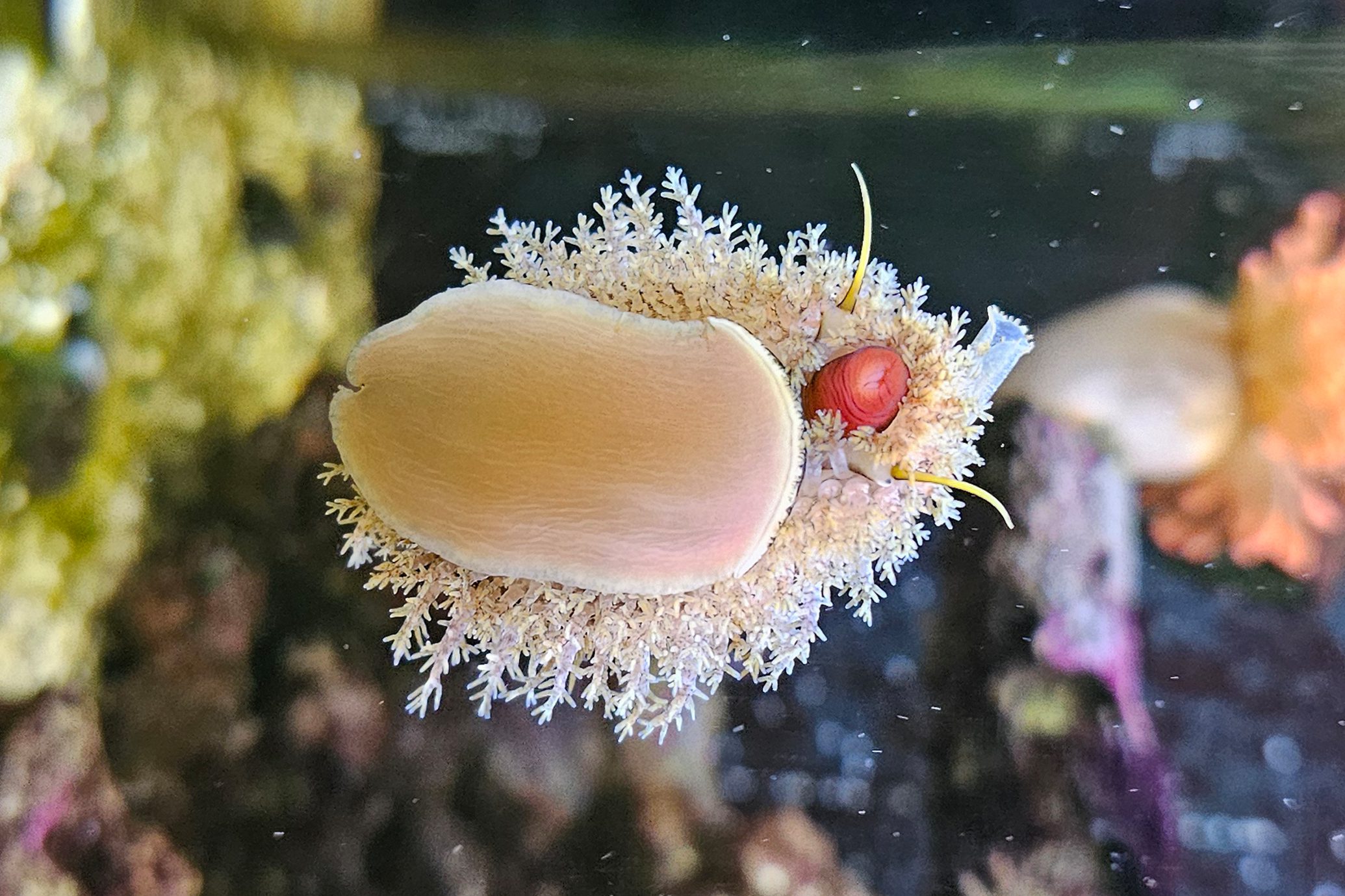
We have a request for our followers and shell enthusiasts collecting and beachcombing along the west coast of Florida...